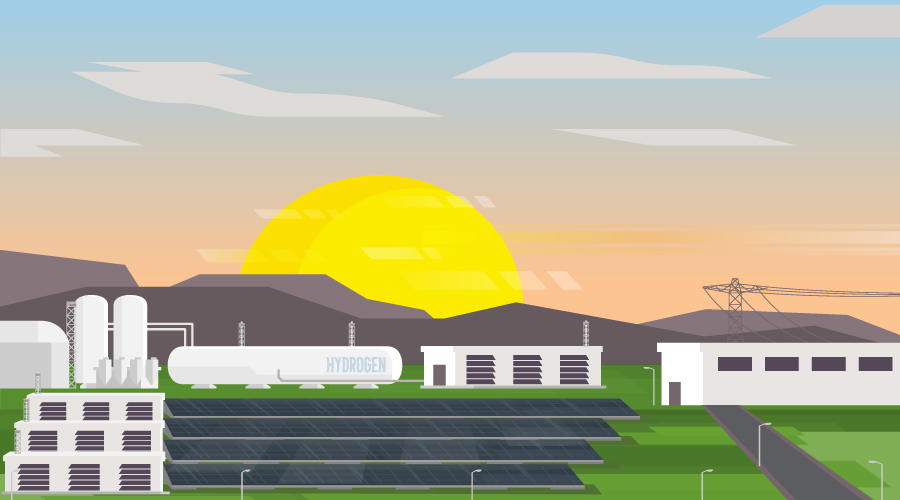Building Controls, Smart Meters are Keys to GSA's Renovation Projects
Consistent with the Energy Policy Act of 2005, GSA has made building controls and "smart meters" a key element of major renovation projects. By connecting smart meters to building automation systems and creating operating models for the building, the resulting control systems and procedures not only reduce current energy use but also provide the agency with ways to track usage and make sure that energy savings persist.
For example, the 25-year-old Cesar E. Chavez Memorial Building in downtown Denver recently completed a modernization program to bring it to LEED Silver certification. New building controls and equipment are working with the 180,000-square-foot office building's new exterior to bring the energy consumption and carbon footprint of the building to levels usually only met with new construction and the latest technologies.
Other buildings also received significant investments in improved controls. At the new 10-story U.S. Courthouse in Buffalo, N.Y., that opened late 2011, occupancy sensors control highly efficient HVAC and lighting systems to help achieve a LEED Gold rating. And the Senator Paul Simon building in Carbondale, Ill., will be upgrading its energy management system soon.
GSA also invested in recommissioning of existing buildings to identify control issues and repair control components. The agency expects an aggregate energy use reduction of 5 percent nationally from recommissioning.
5. Sustainable Facilities Tool
One important goal of GSA's sustainability efforts is to share what it has learned. The agency's free, online Sustainable Facilities Tool does just that. The tool provides facility managers a method of identifying and prioritizing cost-effective green building strategies for their particular facility.
Among its many features, the Sustainable Facilities Tool offers a three-dimensional interactive walkthrough of office interiors with material comparisons. The tool uses sustainable metrics along with regulations, guidelines and even case studies. A comparison feature provides benefits and considerations for each option selected. The checklist developed while using the tool can be taken with the user to track his or her sustainable design.
In addition, there's a free mobile version compatible with hand-held devices. More information and applications are available at www.sftool.org.
6. Solar Power Savings
Another big focus of GSA investment is renewable energy. Solar projects can be found across the country. For example, the recently completed Denver Federal Center in Lakewood, Colo., is using photovoltaics mounted on the rooftop, ground and carport as part of an effort to make it the most sustainable federal campus by 2020.
In this phase, 35 acres of solar panels (nearly 35,000 panels) are being tied into the existing electrical distribution system to provide more than 15 percent of the center's electrical needs. GSA expects the 7 megawatt solar array will save more than $700,000 annually in utility costs.
GSA's largest building in the Great Lakes Region, the Bean Federal Center in Indianapolis, also got rooftop solar panels. Two-thirds of the center's roof was reinsulated, reinforced or replaced. Bean's rooftop panels are expected to generate 1.8 megawatts of power. Additional panels installed on the 320,000-square-foot facility are serving as a solar laboratory for GSA and the U.S. Department of Energy's Sandia National Laboratory to research four types of solar technology. The study hopes to discover which panel designs work best in the Midwest.
Related Topics:














